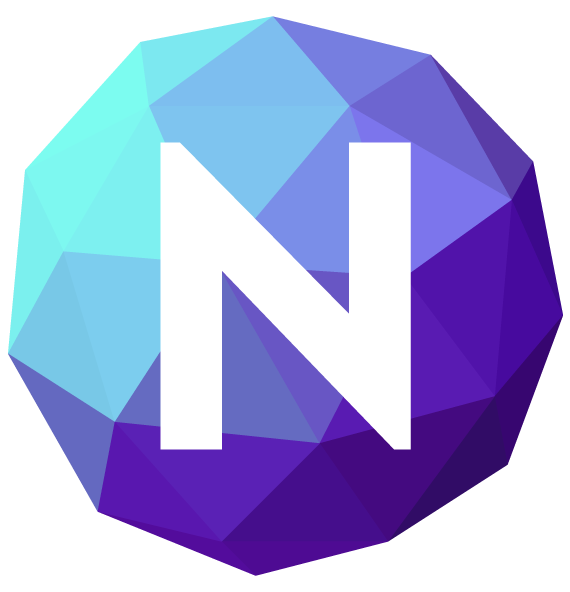Nikka Estefani
Category: Design Talks
Since Google made Material Design in 2014, its design have dramatically improved – both visually and, above all, functionally. For 7 years since then, Google users and developers have enjoyed the high-level functionality and design offered by Material Design.
However, Material Design had lagged on one area: emotions – and emotions are what people are looking for in their design. To that, Google made a new design language. They call it – “Material You”.
A History of Google’s Design and Design Language

To appreciate the upcoming Material You – which will be released with Android 12, although Android 12 is already available as beta version – we need to see where Google started until the time when they revolutionized design with Material Design, and then now – the upcoming of Material You.
Anyone who used the earlier versions of Google would remember how its design looked like back in the day – plain and not-so-good looking. Most (if not all) Google websites were poorly designed. And so their Android. On top of that, Google does not have a unified and serious design program to begin with. In short, when it comes to design, all we can say is that Google is not so good at it. But hey, at least we already loved its simple web browser back in the day!
These things are to change, though, in 2014, when Google finally took their design department seriously. After working on their design, the end result is their design language called Material Design.
The main goal of Material Design is to promote both functionality and visual aesthetics not only in Google platforms, but for all device experiences across both mobile and web.
With Material Design, everything became good – the ones ugly design were replaced with simple, effective and clean elements and other UI features. But the main selling point of Material Design is to improve the functionality of design in both mobile and web experiences.
For years, this had worked well, not only for Google but for any design that had followed the principles of Material Design. With their goal to expand their vision across different platforms, Google shared Material Design with any developers who wanted to adopt the same approach and principles.
These being said, we can say that Google had imagined that its users would want functionality in their devices – and they indeed had provided it, perhaps almost perfectly. However, as it would turn out, we are not all for functionality alone. We do not use our devices and computers merely as machines; we have integrated them into our personal lives. That being said, we would also like to customize our devices just as we would like them to be very effective at being functional – and the personalization and customization aspect is where Material Design had lagged behind.
Material You: A New Way to Personalize Your Device

While Material Design had worked very well when it comes to functionality, it had lagged when it comes to personalization and customization – which users also want. To that regard, Google took on the challenge, and had eventually come up with an answer: Material You.
Material You is Google’s new design language that not only addresses the functionality of design, but also the personalization and customization side of design. In Google’s own words, Material You “explores a more humanistic approach to design.” The key word here is “humanistic” – users will have more room to personalize and customize their design to fit their personal preferences! All of these things will be achieved without compromising the design’s functionality, which Google had championed for. And if you cannot see it yet, the new name also evokes this new meaning in design – Material You is for you.
New Features and Improvements in Material You

Currently, Material You is still being developed, so we cannot see yet the whole picture of this new design language. However, we do have some sneak peek of some of the new features and improvements that we can expect from Material You.
One of its new features is more personalization and customizations for its users. For instance, Google will find a color palette that will match the wallpaper that you’ve chosen for your device. This adds to your design’s mood and personalization.
Secondly, its design will become more adaptive to new screens. While this concept is certainly not new – think of responsive design – it does make the design more alive compared to how previous designs had applied adaptability to various screens. For instance, there are playful quirks and even storytelling as the design reacts to screen changes, making the design “more human”.
Finally, Material You offers improved accessibility. While accessibility is certainly not new in the field of design, with Material You, accessibility is not only limited to people with special needs, but it is now applied to everyone who may not special needs in particular situations.
Takeaway from Google’s Material You: Lessons on Adopting Personal Touch on Design
The upcoming Material You would be very interesting for both users and developers/designers alike. But if there is one lesson to learn, it is this: apply personal touch and personalization in design.
We can talk about things such as functionality, responsive design and color psychology and work around them, but at the end of the day, we must remember that we design for humans – therefore, we must make our design as “humanistic” as we can.
Oh, and if you’re interested to get a preview of Material You, you can get a preview of it with Android 12’s beta version.







